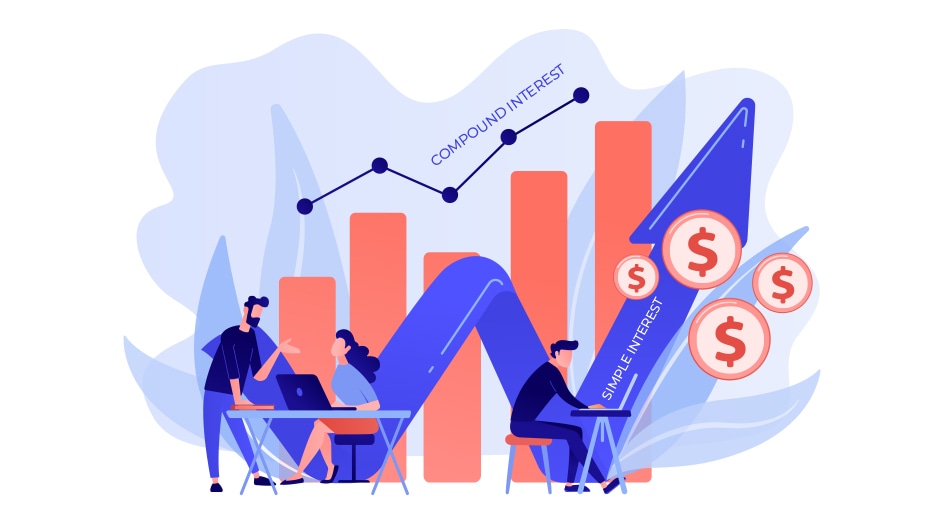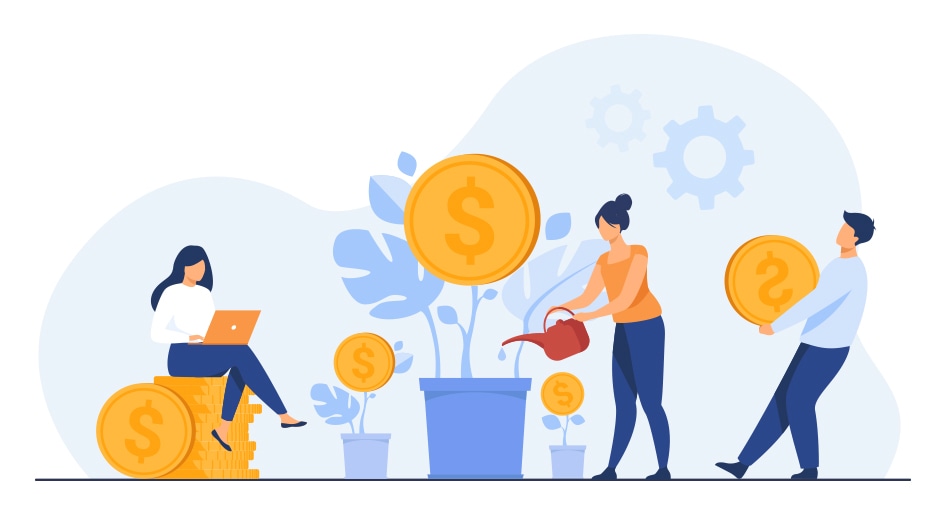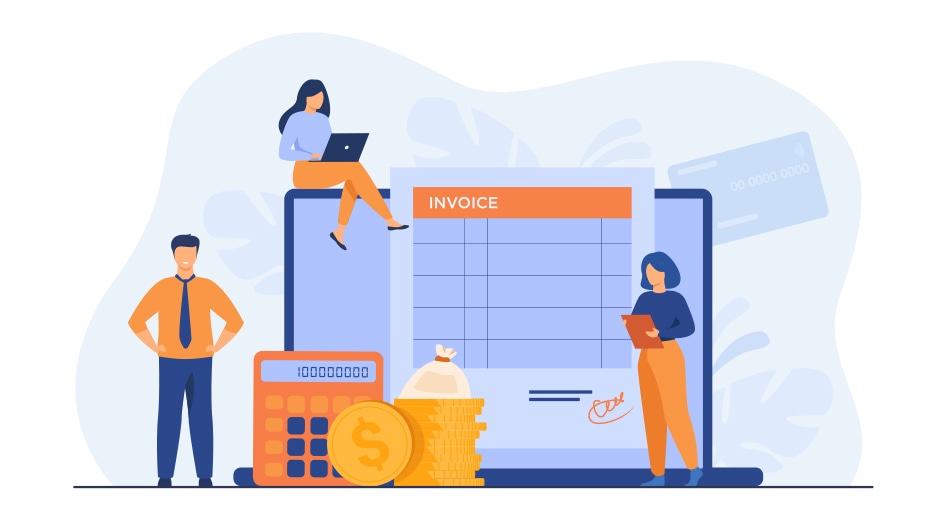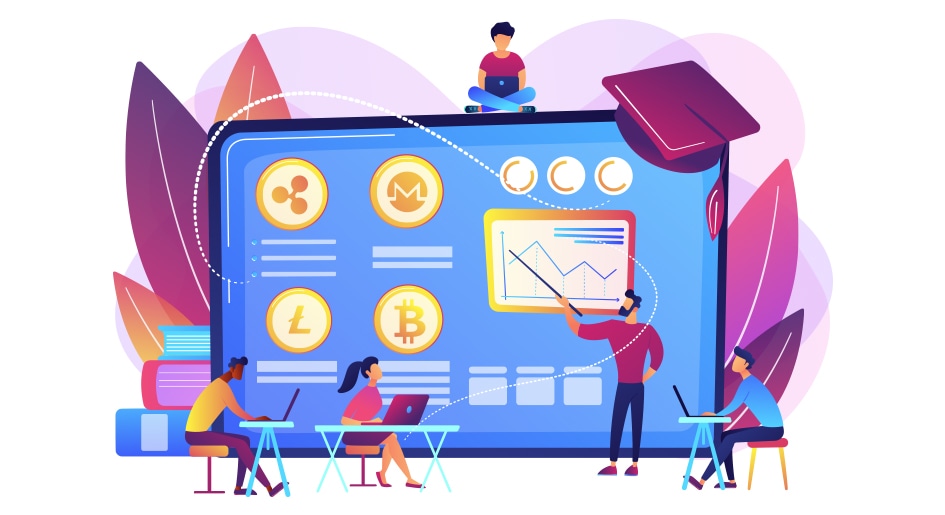The COVID-19 pandemic has wreaked financial havoc on consumers, businesses, and, yes, financial institutions alike. The collective impact of unemployment (or underemployment), hefty medical bills, and virtual schooling has left many of your customers wondering if — and how — they’ll make it to their next payday.
Sure, your financial institution might offer loans, lines of credit, or other products that could help them, but we think an additional approach is to look toward this adage:
“Give a man a fish; you’ll feed him for a day. Teach a man to fish; you’ll feed him for a lifetime.”
——
You might think, “How exactly does that translate to my customers’ current financial needs?”
It’s simple — take a quick look around the next time at work. Financial experts surround you… those who know the ins and outs of banking, economics, and money. Instead of turning toward selling, we think now’s the time to make a move toward improving your customers’ financial literacy. But don’t just take our word for it… this initiative comes straight from the top.
“High-quality financial education should build on and respond to people’s individual strengths, circumstances, and needs in order to help them work toward their own unique goals,” said U.S. President Joe Biden during a recent proclamation that made April 2021 National Financial Capability Month.
What is a financial literacy program?
First, let’s define financial literacy: the ability to understand and effectively use various financial skills, including personal financial management, budgeting, and investing.
So, a financial literacy program is a purpose-driven, strategic collection of solid, easy-to-understand financial education (FinEd) tools and resources that can help your bank or credit union reach customers where they’re at.

Benefits of a financial literacy program
By creating and promoting a solid financial literacy program, you help your customers improve their financial knowledge, skills, and actions — which means they’ll make better short- and long-term financial decisions. At the same time, you strengthen your brand as one supported by pillars of financial expertise and unparalleled customer care.
It can also help you expand your reach in growing new — or strengthening existing but underdeveloped — audience segments. Most importantly, your ability to reach the “next generation” of bank customers today will plant the seeds for future loan and deposit growth, and potentially, a more significant percentage of those who see your financial institution as their primary bank.
In short, you want your bank or financial institution to be seen as the financial resource for customers and prospects alike.
Building a financial literacy program
When launching your financial literacy program, take a look at what’s going on at your bank or credit union, in your community, or the world at large — then strive to meet those needs.
- Read the room. While we’ve made great strides in pandemic recovery, there are still many people who are out of work or facing financial hardships. So, a series of multimedia pieces focused on making every dollar count would go a long way to assist without shaming those in need. This could include financial calculators, budget templates (or their digital twin — an online create-a-budget microsite), video tutorials, and educational articles, such as theme-based Q&As with financial experts from within your branch or corporate office.
- Focus on best practices. Many of the same types of content we just mentioned could be used to deliver sound financial education in “non-crisis” situations as well. Just be sure to include a call-to-action in each piece.
- Develop new audiences. For those of you with student accounts, there’s plenty of opportunities for you to begin teaching young savers about smart money moves as well. In addition to simple savings calculators in which they can simply enter how much money they save and the amount of time they keep it at the bank (forget interest rates when dealing with the youngest savers — just build them into the back end of the tool), you have a chance to gamify their financial education.
For example, the National Credit Union Association developed an interactive game called “Hit the Road,” which takes children in grades 5-9 on a financial adventure across the country — one in which they start with a limited checking account balance, must budget and spend wisely to reach their final destination. (Think The Oregon Trail, but with unplanned financial expenses popping up instead of dysentery.) Kids learn a lot on their iPhones and tablets these days — why not add financial literacy to the mix?
Here are a few other examples:
- Loan calculators that show, for example, how much a customer might pay for a new car or what they might save by consolidating high-interest credit cards with a personal loan from your bank
- Articles that look at examples of how consumers used funds from a HELOC, which savings tool (savings account, CD, investments) is suitable for particular situations (and timeframes), and the differences in a Roth or Traditional IRA.
- Videos that speak directly to your consumers, offering “how-to” or essential advice around specific financial scenarios.
- Live, “meet-an-expert” or Q&A events at local branches or community centers. This allows consumers to get help in low-pressure environments.

Promoting Your Financial Literacy Program
Once you’ve built all the elements (or at least those you want to launch with), it’s time to make some noise. You may have the best financial literacy content out there, but if no one knows about it, you’re teaching in an empty void.
In today’s increasingly digital world, you must put yourself (and your financial literacy program) in a position to succeed. That means promoting it online. At an absolute minimum, you should feature your program prominently on your website so that it’s easy for customers and prospects to find.
With your content now available from your website, get the word out:
- Discuss your program and its goals with every bank employee. No matter their role, your employees and staff members are all bank (and brand) ambassadors. Don’t keep them out of the loop — make sure they know about your financial literacy program, as well as why the bank feels it’s important. Get their buy-in, and you’ll have a better chance of success.
- Create and send out news releases to local newspapers – big and small – and other media outlets while promoting your program in community calendars produced by local newspapers, radio shows, and television stations.
- Communicate directly with existing customers through electronic statements, printed statements, digital channels like social media ads or email, and direct mail communications.
The ABA’s Community Engagement Foundation offers a few more best practices to help your financial literacy program succeed.
Lastly, contests and prize-focused events can dial up awareness of your financial literacy programs. Couple task-related achievements, like completing a balanced budget, finishing a series of theme-based articles, or hitting a savings milestone with prizes, and it’s almost guaranteed to lead to a lot of noise around your program. Best of all, even those who miss out on the “grand prize” are still winners — you’ve helped them take a big step forward in their financial literacy.

We’re here to help
Creating a financial literacy program can be difficult, but it can be an extremely powerful marketing tool for your bank if done correctly. When you’re ready to develop a new — or better — financial literacy program, talk with our experienced team about strategies for content creation and communicating with customers! We look forward to helping you (and your customers / members) take financial literacy to the next level.
